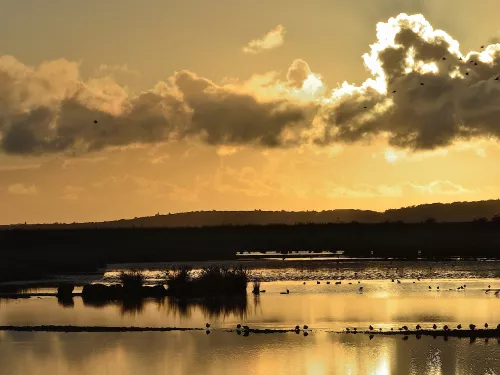
Our Flagship Nature Reserves
Kent Wildlife Trust manages over 80 nature reserves across the county, boasting a diverse range of habitats and species. To help you know where to start, we've assembled some of our top recommended reserves to visit.
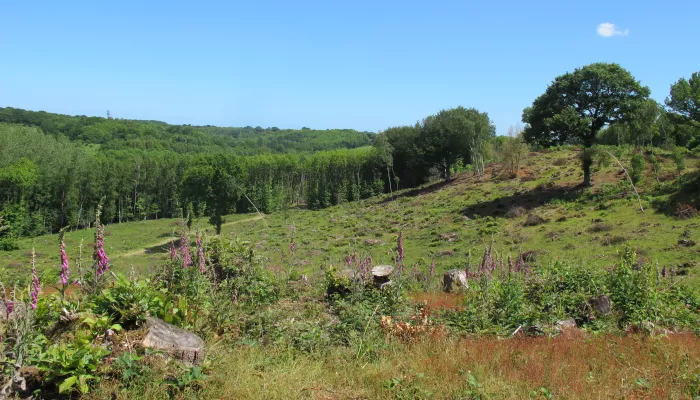
Local Wildlife Sites are recognised for their important biological communities, safeguarding nature across the county for over 40 years.
With almost 500 sites across the county, they are Kent's most common site designation for wildlife protection. From the rolling chalk grasslands, humming with insects in the summer, or the quiet reverence of ancient woodlands, to the iconic white cliffs that frame our coastline, these precious sites hold a great deal of potential for our wildlife.
They are identified and selected locally, by partnerships of local authorities, nature conservation charities, statutory agencies, ecologists and local nature experts, using robust, scientifically-determined criteria and detailed ecological surveys. Their selection is based on the most important, distinctive and threatened species and habitats within a national, regional and local context. This makes them some of our most valuable wildlife areas.
Unlike statutory sites like SSSIs, LWSs do not receive legal protection although the importance of international, national and locally designated sites is recognised in government policy. The National Planning Policy Framework says protection should be “commensurate with their status and give appropriate weight to their importance and the contribution that they make to wider ecological networks”.
The Local Planning Authorities in Kent (the County Council, Medway Unitary Authority, and the various District, Borough and City Councils) recognise the importance of Local Wildlife Sites, and provide protection for them in their various Local Plan documents. Generally, planning policies protect against development which would damage the wildlife interest of any Local Wildlife Site, except where the need for development is so great that it is judged to override that interest.
Outside statutory designated areas these precious sites are our most valuable wildlife areas. They make up a web of stepping-stones and corridors for wildlife, forming key components of ecological networks which could not function with statutory sites alone.
Aside from their inherent value for biodiversity, Local Wildlife Sites also provide a range of benefits for people and wildlife too.
For almost 40 years, The Wildlife Trusts have worked with local authorities, statutory agencies, landowners and other local partners to establish effective systems for identifying, managing and monitoring Local Wildlife Sites. Within these partnerships, we often play a significant role in advising and supporting site owners. Local Wildlife Sites are often privately owned and so rely on the sheer commitment of the landowners, farmers and volunteers who are prepared to carry out sensitive habitat management. Without such care and effort, a site will gradually decline.
As we want to encourage landowners to manage their land in the best possible way for wildlife, we can offer advice and support for suitable management for landowners of LWSs. We have a series of habitat management advice sheets available for download. Wherever possible, the Trust will try to provide initial help and advice for free, or will seek to cover costs through grant aid.
If you are looking for advice on Local Wildlife Sites, get in touch with Dave Shenton by emailing [email protected] or calling 07378 297605.
Kent Wildlife Trust administers a quarterly e-newsletter for LWS landowners. Please get in touch via [email protected] if you would like to be added to the emailing list.
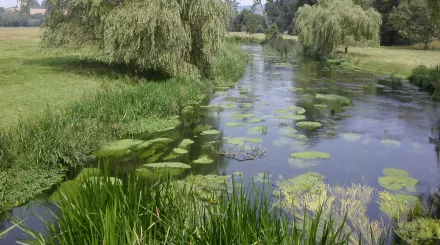
©Joyce Pitt
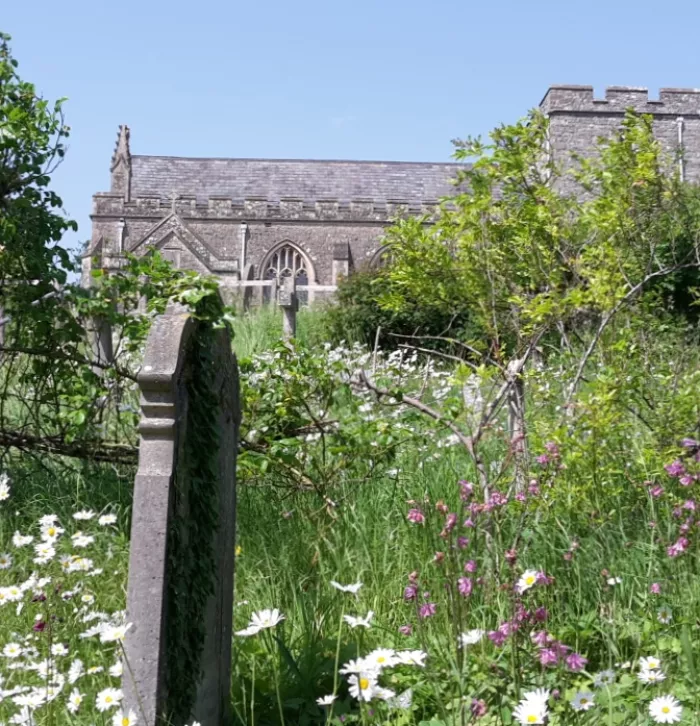
Most Local Wildlife Sites are private and not accessible but a few are open to the public.
This story map highlights a few that can be visited and the wildlife you could see there.

Kent Wildlife Trust manages over 80 nature reserves across the county, boasting a diverse range of habitats and species. To help you know where to start, we've assembled some of our top recommended reserves to visit.
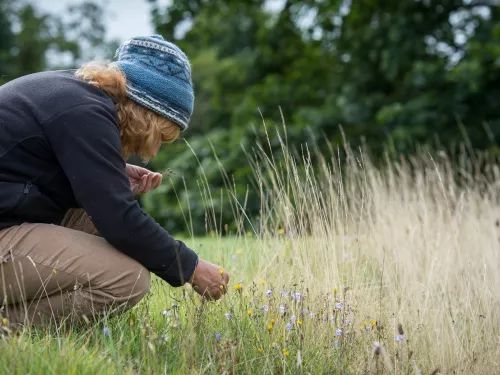
Adonis Blue Environmental Consultants are a team of fully qualified and highly experienced ecologists, land management advisors and marine ecologists who offer ecological surveys, conservation land management advice and marine ecology services across…
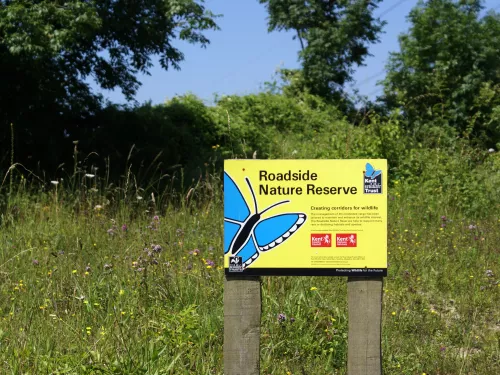
The Kent and Medway Road Verge Project, established in 1994, works to identify, protect and manage road verges which contain threatened habitats or wildlife. These are marked by special signs.